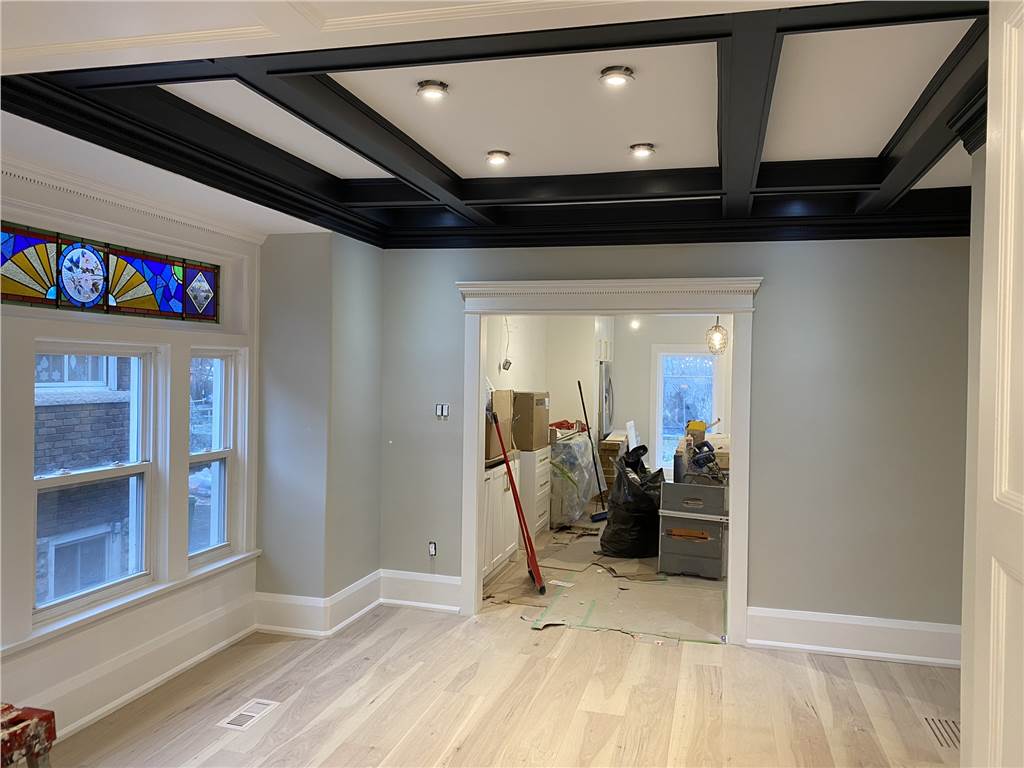
Choose the Most Suitable Interior Paint Colors for Your Home
Paint colors are quite a lot nowadays. It is available in various colors such as matte, glossy, pastel, as well as numerous colors in various color tones. But there are some basic rules for decoration, thanks to which it will be very easy to choose a color for your home. How to choose interior wall paint color can be very easy now. By learning how a professional architect or decorator chooses the paint, it will be easier for you to choose a color when painting your house. After learning the basics of color selection, it remains only to choose the color that suits your tastes.
Know the Nature of Colors
It is not necessary to be an expert to choose a paint color and to know the nature of the colors. It will be enough to know some basic features.
- Primary colours: Red, yellow and blue are primary colours.
- Secondary colors: obtained by mixing two primary colors. Green, orange and purple are secondary colors.
- Tonal is the transition between colors.
- Value is the degree of darkness of the colors.
- Warm colors: shades of red, orange and yellow.
- Cool colors: shades of blue, purple and green.
In interior design, the spirit of colors and their effect on human psychology are taken into account, it is enough to know them.
Passive colors: Colors called passive colors are colors that are calming, make it easier to focus and make small spaces look large. Generally, shades of blue, green and purple are considered passive. However, pastel tones are generally passive.
Active colors: These are warm toned and bright colors. It has a stimulating effect on humans. Yellow, orange, red are considered active colors. Note the use of yellow. Because yellow color is quite dangerous for it to be an interior wall color. It speeds up the heartbeat and eases irritability.
Neutral colors: Neutral colors are colors that do not match other options. Colors such as white, cream, black, gray. Generally, interior paint color is used.
Creating a Color Scheme
If you want to renew the decoration of your home or just want to add a new look to your home with paint, the effect that will create an effect as if you have changed your furniture is to choose a color suitable for the furniture. You will need to create a color scheme for this.
Tips for choosing a color scheme:
You can find the color scheme wheel online. Colors that stand next to each other are closely opposite colors, and contrasting colors.
You can use the neutral color scheme for a single color scheme, but you can use similar neutral tones for an elegant and stylish design.
Brightness and Matte of the paint
The next step after choosing a paint color is to decide whether it will be glossy or matte. If you have a dark, dim or narrow room, you should choose bright colors. If you have a large or light-filled house, you can choose matte colors. But of course your taste matters.
Matt paint: If your wall is rough, you can choose matte paint. There is no light refraction in matte paint and it absorbs all of it. Because of this, it will look smooth.
Eggshell paint: Has less shine with a soft, smooth finish reminiscent of a real eggshell.
Satin paint: It has a pearl-like surface. It is preferred as interior paint.
Semi-matt paint: It is a semi-gloss paint that reflects the light more.
Glossy paint: Often used on cabinets and doors. It reflects light a lot. It is frequently used in narrow spaces.
Transition Between Rooms
If each room will have a different place, this will not be a problem. You can choose the color according to the room usage purposes. But if you have an adjacent American kitchen or two adjacent rooms, you can make one light and the other dark. You can do gray and blue or emerald green and cream.
- You can do this to your living room and corridors by choosing a color as the main color.
- When standing in a room, think of all the adjacent rooms you can see. The color of the rooms that appear together should be harmonious.
- Choose colors with the same warmth (ie all warm colors or all cool colors)
- Add a single wall that will add interest with a shade that's warmer or cooler than your main color.
- You can relax rooms with high ceilings by painting the ceiling a darker color.



